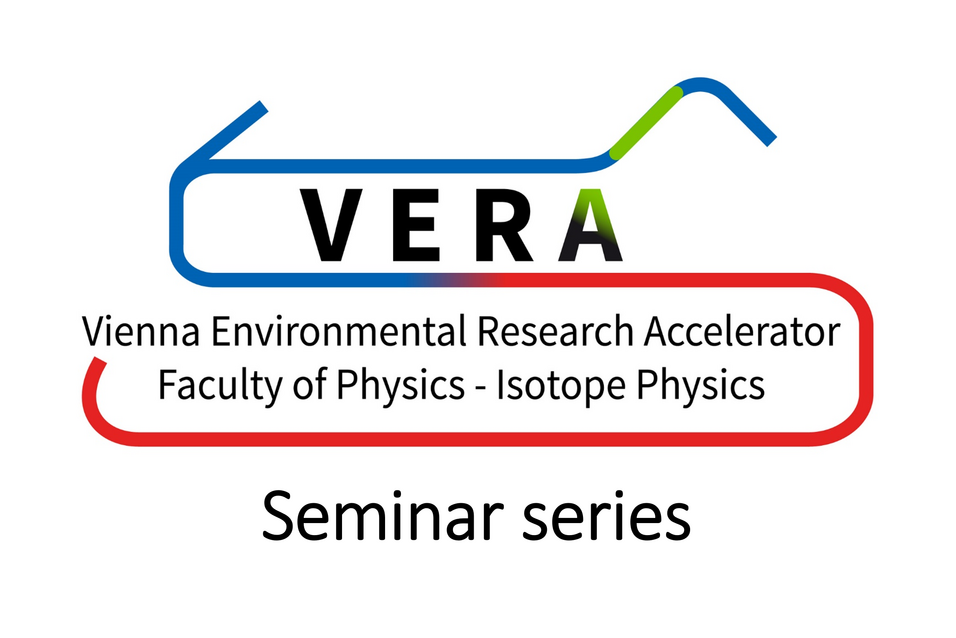For each component of future nuclear fusion reactors, radionuclide inventories at the end of operation are calculated using codes for neutron transport and activation. These require to be validated by experimental data, including irradiation campaigns in current research fusion reactors, such as the Joint European Torus (JET). However, their production of radionuclides is several orders of magnitude lower than predicted for fusion power plants. While short-lived gamma-emitting radionuclides are relatively easy to detect in the irradiated samples, activities from long-lived radionuclides are too low to be measured by radiometric techniques.
This seminar will present our project to use accelerator mass spectrometry (AMS) for the detection of such long-lived radionuclides, and first studies on the capabilities of the Vienna Environmental Research Accelerator (VERA) at the University of Vienna for the measurement of 91Nb (T1/2 = 680 a), 94Nb (T1/2 = 20300 a) and 93Mo (T1/2 = 4839 a). These are expected to be relevant for the long-term handling and waste classification of Mo-containing alloys from fusion reactors. The main challenge for AMS measurements of these radionuclides is the potential interference from their abundant stable isobars: 91,94Zr, 94Mo and 93Mo. At VERA, this challenge is dealt with using our Ion-Laser InterAction Mass Spectrometry (ILIAMS) setup, which suppresses the stable isobar via laser photodetachment.
Carlos Vivo-Vilches (Vienna): AMS measurements for the study of long-term activation in fusion reactors
Location:
Victor-Franz-Hess-Hörsaal, Währinger Str. 17, 1. Stock Kavalierstrakt
Verwandte Dateien
- Vivo_Vilches_23-01-25.pdf 119 KB

